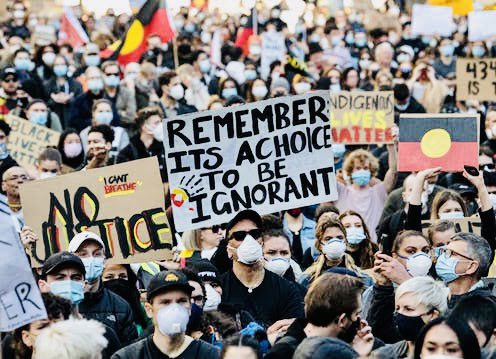
Fazel Chegeni wanted 'nothing but peace'. Instead he died alone in Australia's island prison. Ian Rintoul, said Chegeni’s death was “another needless detention death, this time of a refugee who should never have been in detention.” 1/16 #GameOver #TimeForAHome #Auspol
“The delay in processing and releasing him is inexcusable. He is a victim of the punitive regime detention regime that cares nothing for the human rights of asylum seekers and refugees,” he said. 2/16
More than 700 pages of the Faili Kurd’s immigration department file show how Fazel Chegeni was trapped in a bureaucracy that did not care for him. Over four years, scores of people within Australia’s immigration department pleaded on Chegeni’s behalf for him to be helped. 3/16
Throughout Chegeni’s file, case managers, psychologists, detention and immigration officers consistently warn that his mental health is being harmed by ongoing detention, his history of torture and trauma in Iran, repeated suicide attempts, stating he should be released. 4/16
A submission from departmental staff to then minister Morrison argued that the ongoing, indefinite detention of Chegeni, along with that of nine others, had been found by the Australian Human Rights Commission to be unlawful under international law. 5/16
Submission recommended: “Due to the length of time these 10 detainees have spent in detention, and the finding that they are person to whom Australia has refugee convention …, you may consider it appropriate to exercise your power … to place them into community detention.” 6/16
Morrison rejected the submission and declined to intervene. Two months later, Chegeni’s case manager wrote again: “He appears to be at breaking point and I am quite concerned about him from his presentation … please … keep an eye on him in the meantime.” 7/16
Chegeni was now deeply psychotic, according to case notes. He threatened to kill himself and was judged “non-compliant” and moved to a higher-security centre. 8/16
There, he threatened to jump off a roof. He was moved again, this time to Christmas Island, the place in Australia where he had first arrived, nearly four tortuous years earlier. Chegeni’s file is silent on his final days, but friends on the island report a deep malaise: 9/16
“We knew he was sick. He was a sick man,” one fellow detainee said. “Everything hurt him, everything made him upset. But no help, only punish. Why could no one do anything?” 10/16
Chegeni went missing from the detention centre on Friday 6 November 2015. It’s unclear how he escaped or what motivated him to leave the detention centre for the tiny island around it, known for its dense jungle and dangerous cliffs, and from which he had no way to escape. 11/16
Fazel Chegeni’s body was found in dense jungle on Christmas Island on 8 November 2015 after he escaped from the immigration detention centre. Detainees say they were told only his body was found “in the jungle” and that he had been dead “for some time”. 12/16
In death, Chegeni was all alone. On a foreign speck of land, in a country he came to seeking a freedom he never found. At the Melbourne detention centre where he had been held, his friends held a memorial vigil: “Fazel is free now,” one wrote. “God gave him a visa.” 13/16
The testimony of those who knew him say they saw a man’s will steadily eroded by an incarceration he couldn’t see a way out of, a detention that was potentially indefinite. 14/16
Australia’s detention regime exposes the inefficiency and incompetency of a system that was legally obliged to look after him, but utterly failed to do so. The fate of the Iranian refugee was entirely predictable to those who knew him. 15/16
Chegeni was killed slowly by the machinery of detention itself. His death was the inexorable crushing of a man trapped in a bureaucracy that did not, and could not, care for him.
Written by Ben Doherty, at The Guardian, 2015
16/16
Written by Ben Doherty, at The Guardian, 2015
16/16
@threadreaderapp please unroll.
• • •
Missing some Tweet in this thread? You can try to
force a refresh







